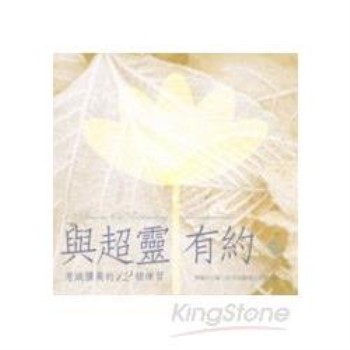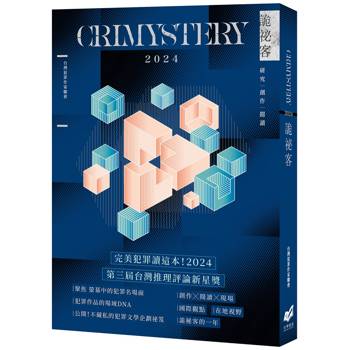Among the natural resources, plant biodiversity is the key to human existence and survival. Horticultural crops contribute to nutritional and livelihood security. Mankind depends on near about 5000 plant species worldwide to meet food and other needs. This number is just a fraction of total world flora of 2.5 lakh species of mosses, ferns, conifers and flowering plants. More than 50,000 plant species are meeting the food (calories) needs of human world wide. There is still greater dependence on a few plant species; 20 to 30 in global context. Horticultural crops encompass fruit crops, vegetables, ornamentals, plantation crops, spices, aromatic and medicinal plants, tuber crops and mushrooms. Temperate, subtropical and tropical horticultural crops are characterized by their adoption to varying ecology and land use patterns. The present volume ’Biodiversity in Horticultural Crops’ has 18 chapters contributed by eminent scientists working in the respective crops. Biodiversity is conceived as gift of nature for sustainability, nutritional security and above all to widen the food basket. Man lives not for food alone, but to enjoy nature’s gift-fruits, vegetables, flowering plants, foliages and so on. Genes for desirable traits are embedded in biodiversity and as such the present the volume thrown open horticultural bioresources to human benefit. The present volume emphasis current and widely grown horticultural crops in India in all its biodiversity. The volume is edited by Dr K V Peter, Former Vice-Chancellor and current Professor of Horticulture, Kerala Agricultural University. As vegetable breeder at G B Pant University of Agriculture and Technology, Pantnagar he surveyed, collected, documented and conserved working germplasm of tomato, brinjal and chili. During 1991-1998, as Director, Indian Institute of Spices Research, Calicut, he facilitated establishment of worlds largest collection of black pepper germ plasm. Working collections of cardamom, ginger, turmeric, nutmeg, clove, allspice and vanill were also felicitated to be organized. He also co-authored descriptors of black pepper and cardamom published by IPGRI, Rome.
| FindBook |
有 1 項符合
Biodiversity in Horticultural Crops Vol. 1的圖書 |
 |
Biodiversity in Horticultural Crops Vol. 1 作者:Peter 出版社:Astral International Pvt. Ltd. 出版日期:2022-01-01 語言:英文 規格:精裝 / 384頁 / 27.94 x 21.59 x 3.02 cm / 普通級/ 初版 |
| 圖書館借閱 |
| 國家圖書館 | 全國圖書書目資訊網 | 國立公共資訊圖書館 | 電子書服務平台 | MetaCat 跨館整合查詢 |
| 臺北市立圖書館 | 新北市立圖書館 | 基隆市公共圖書館 | 桃園市立圖書館 | 新竹縣公共圖書館 |
| 苗栗縣立圖書館 | 臺中市立圖書館 | 彰化縣公共圖書館 | 南投縣文化局 | 雲林縣公共圖書館 |
| 嘉義縣圖書館 | 臺南市立圖書館 | 高雄市立圖書館 | 屏東縣公共圖書館 | 宜蘭縣公共圖書館 |
| 花蓮縣文化局 | 臺東縣文化處 |
|
|
圖書介紹 - 資料來源:博客來 評分:
圖書名稱:Biodiversity in Horticultural Crops Vol. 1
|










